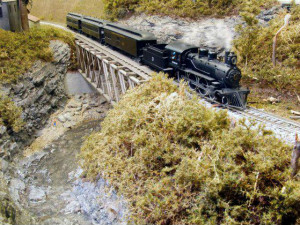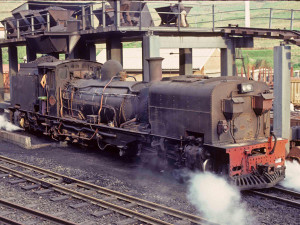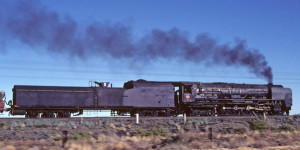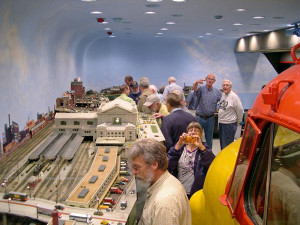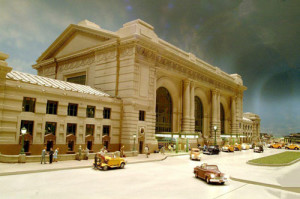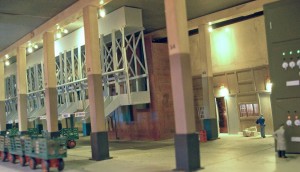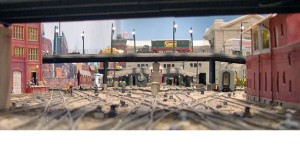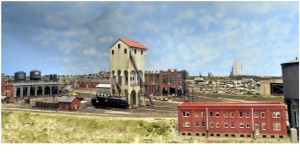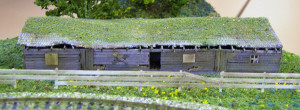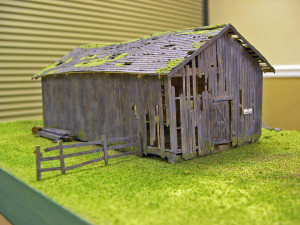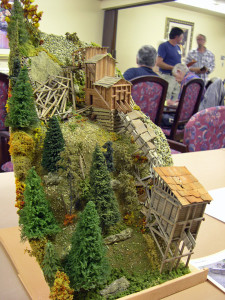Gordon Garnhart
There were 28 people gathered in the conference room at the Summer Hill Retirement Facility on Wednesday, April 11th for a very interesting and enjoyable meeting. The session was opened, for the first time, by Rich Blake, who presented John White with a beautifully decorated sheet cake, commemorating his 12 years of very capable leadership.
A feature of the evening was the judging, by Didrik Voss, of the entrants in the Rolling Stock Competition. This contest, shepherded by Jack Tingstad, which was first announced last September, attracted enthusiastic participation, and some very impressive entries. In the category of Craftsman Kit, first prize went to Tom Hawkins, and second prize was won by Doug Greenfield. In the category of Kit or Kit Bashed, Gordon Jones took first prize, with Susan Gonzales and Jim Tartas taking second and third respectively. The lead prize in Ready to Run was won by Rich Blake, with Thurlow Powell taking second.
In the Scratchbuilt category, Steve Jaffray’s entry took first prize and Rich Blake won second. The People’s Choice Award went to Steve Jaffray. And finally, the prize for best entry in the Built Prior to 2011 category went to Terry Kandzor. And the Honorable Mention Award was won by Al Frasch. All winners received a certificate and a small monetary award.
Didrik Voss also entertained the group with a very interesting and informative slide presentation entitled, “The Reality and the Model of the Everett & Monte Cristo Railway.” Di discussed his prototype modeling of the Everett & Monte Cristo Railway. The Everett & Monte Cristo Railway in Di’s basement is a prototype of a short line constructed in 1893 from the City of Everett 55 miles east to Monte Cristo for the purpose of removing gold from the Cascade Mountains. This short line was underwritten by John D. Rockefeller. It was standard gauge and connected to the Northern Pacific in Hartford, Washington. The line also provided a route to transport the large trees in the Cascade Mountains for the construction of buildings and other structures along the west coast. Most of the buildings on the layout are scratchbuilt or extensively kitbashed — from the 10-hammer stamp mill in Monte Cristo to the smelter in Everett.
Didrik is a Master Model Railroader and is currently serving as the Manager, Standards & Conformance Dept. for the NMRA. In the past he has been a Director and also Editor of the Grab Iron in the 4th Division. He lives in Mill Creek, with his wife Mary Kay. His layout has been featured in the Gazette (2001) and Model Railroad Craftsman (June 2004).
The next meeting, at 7:00 PM on Wednesday, May 9th, will feature Barry Anderson whose topic will be “How to Drive a Steam Engine.” We hope to see you there.

